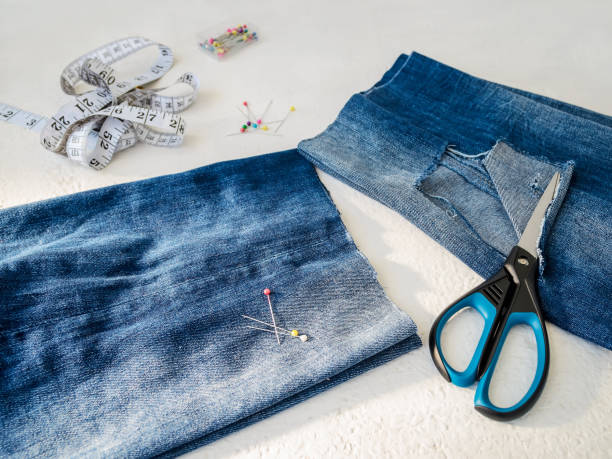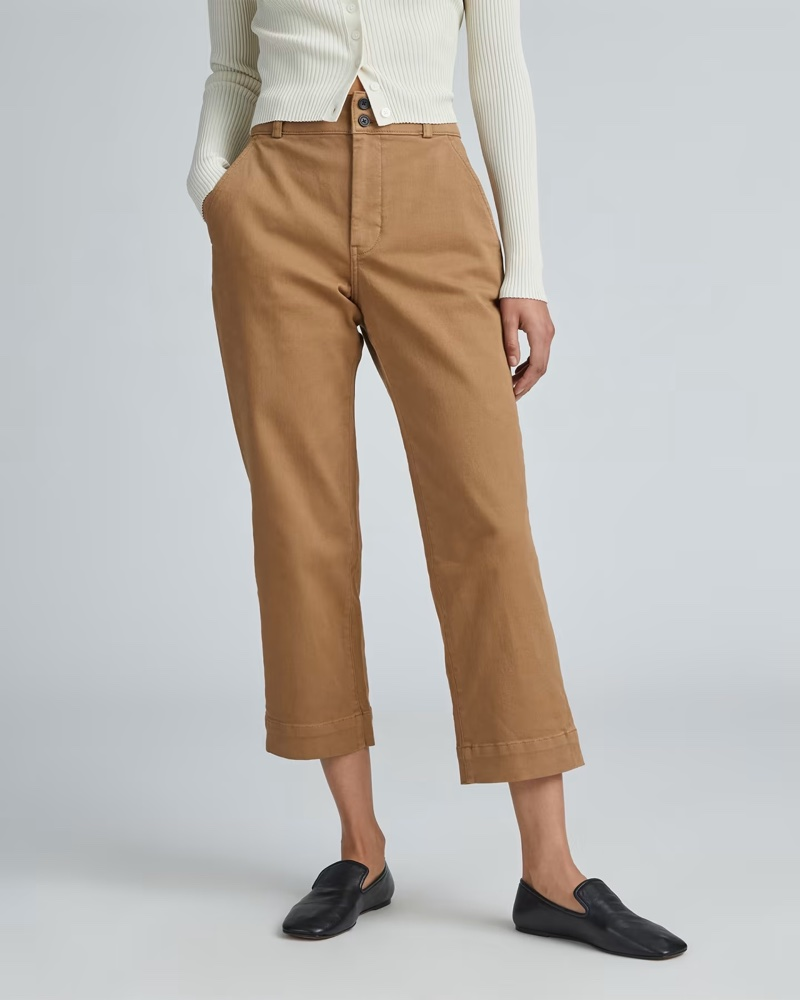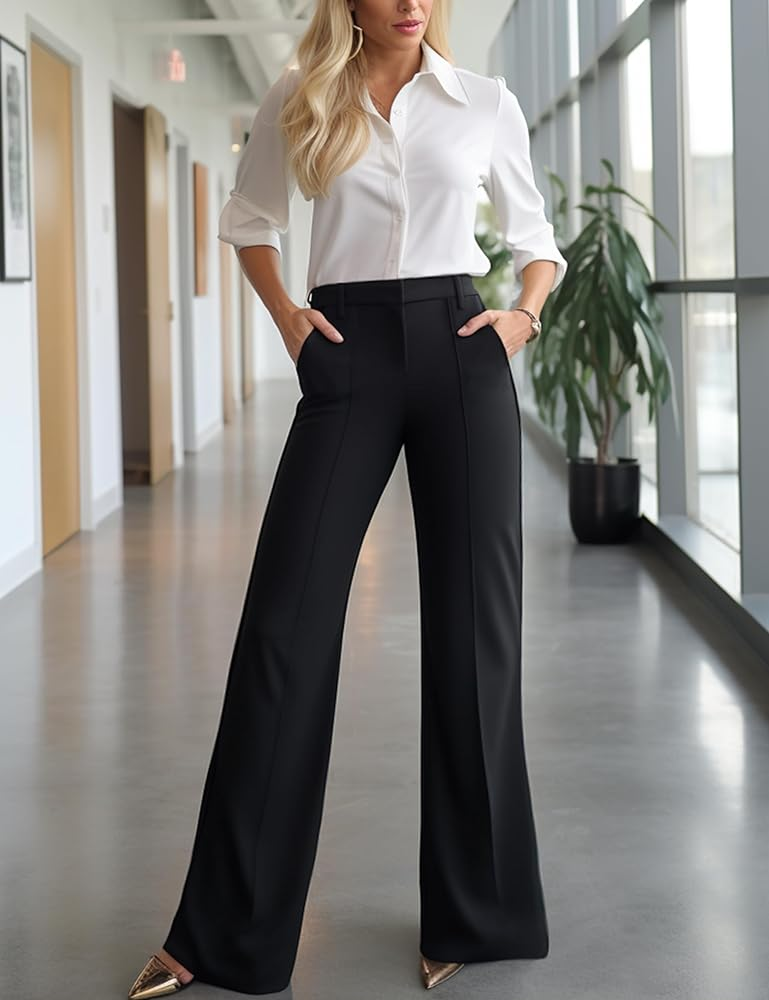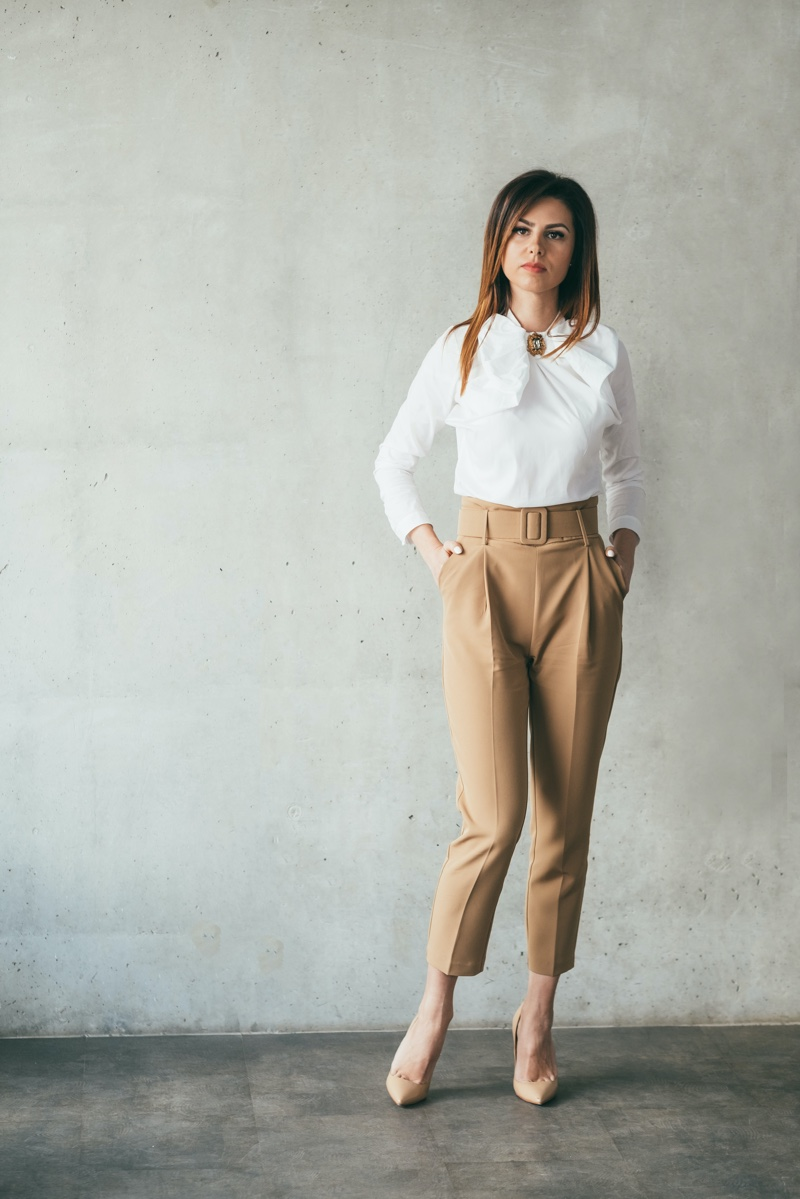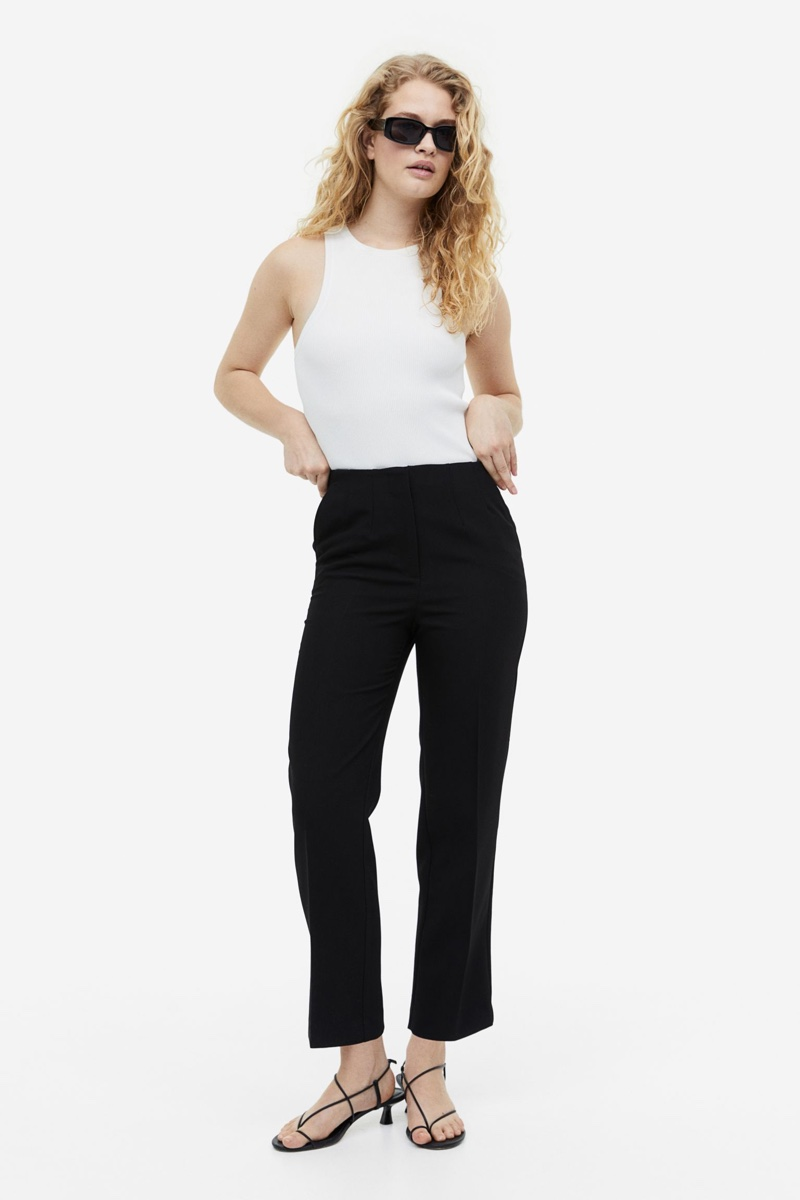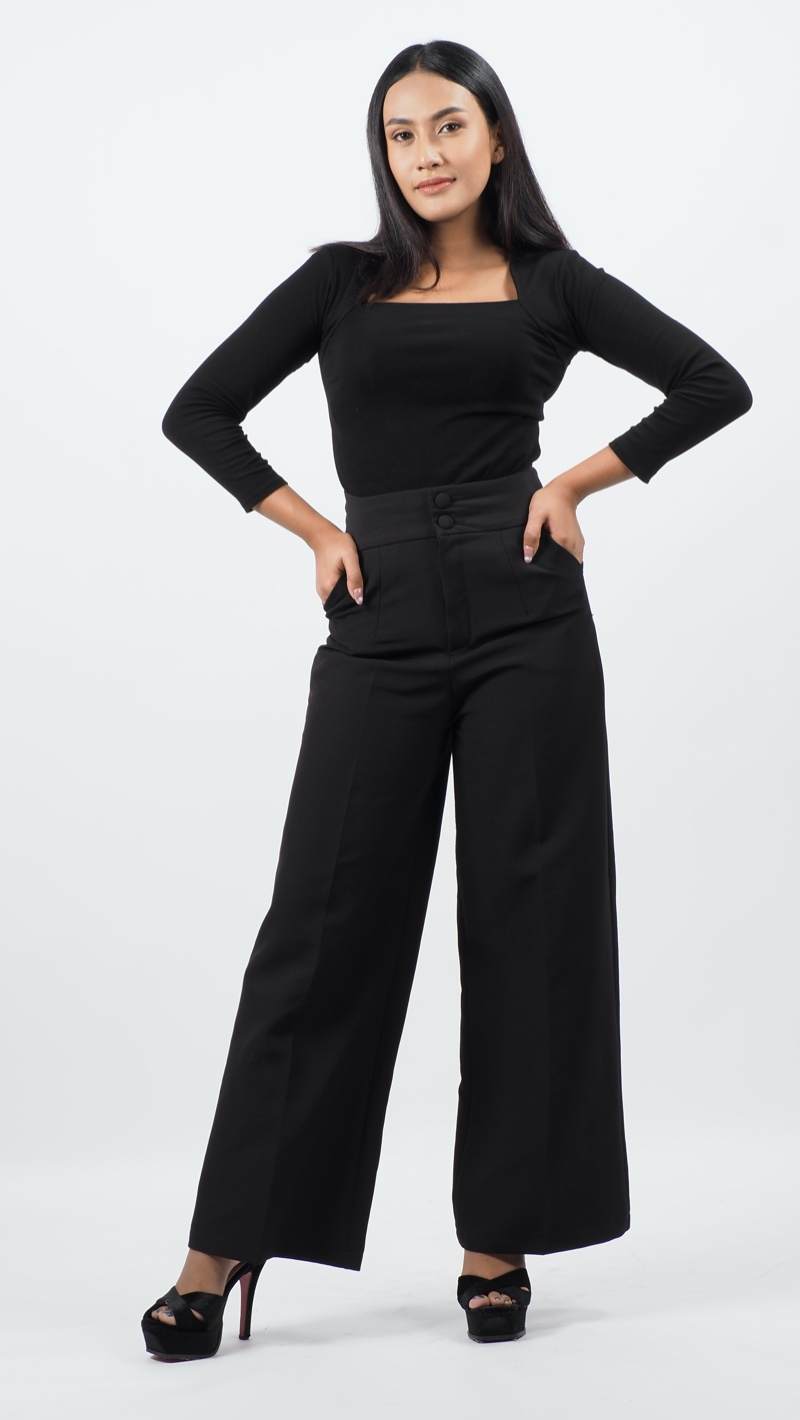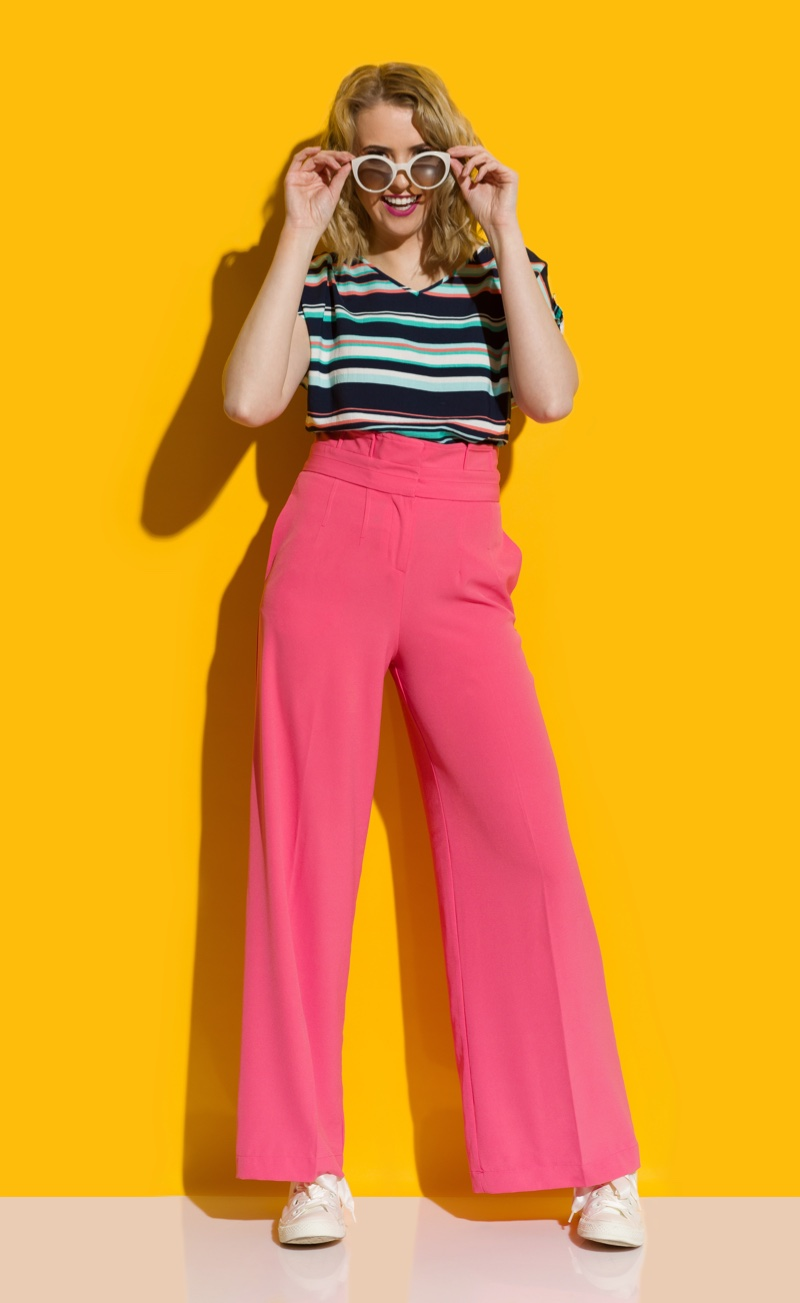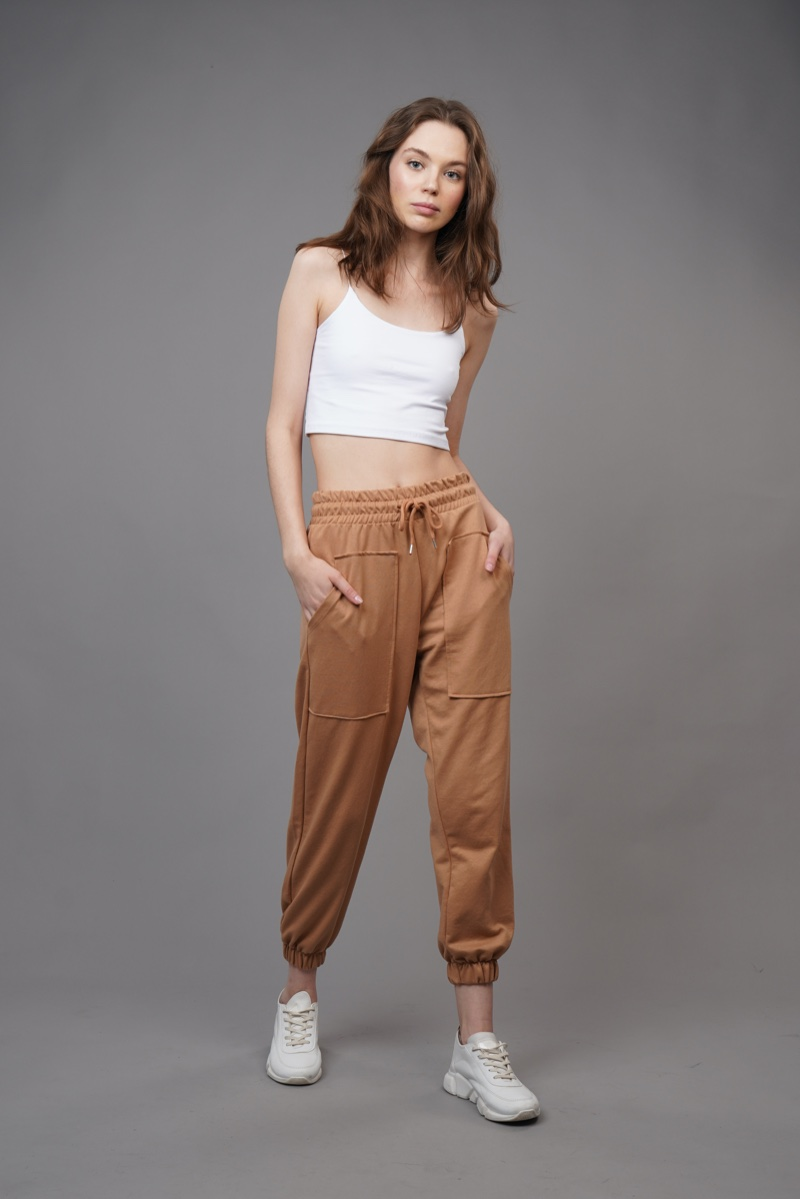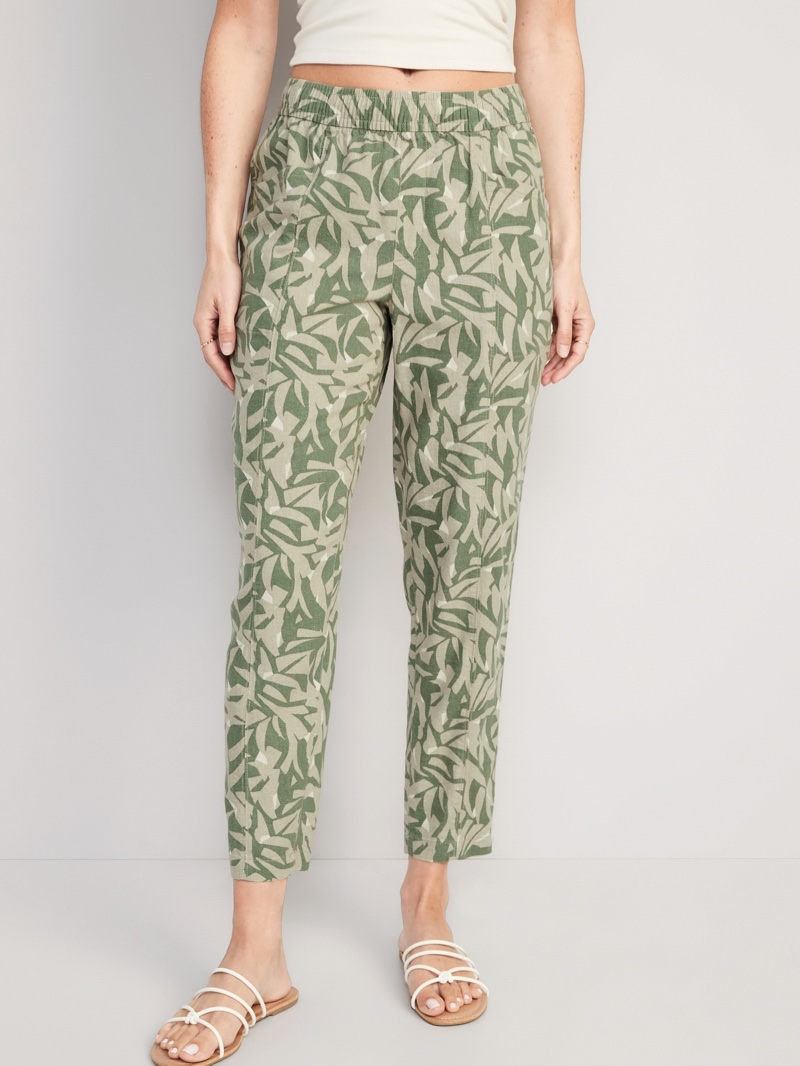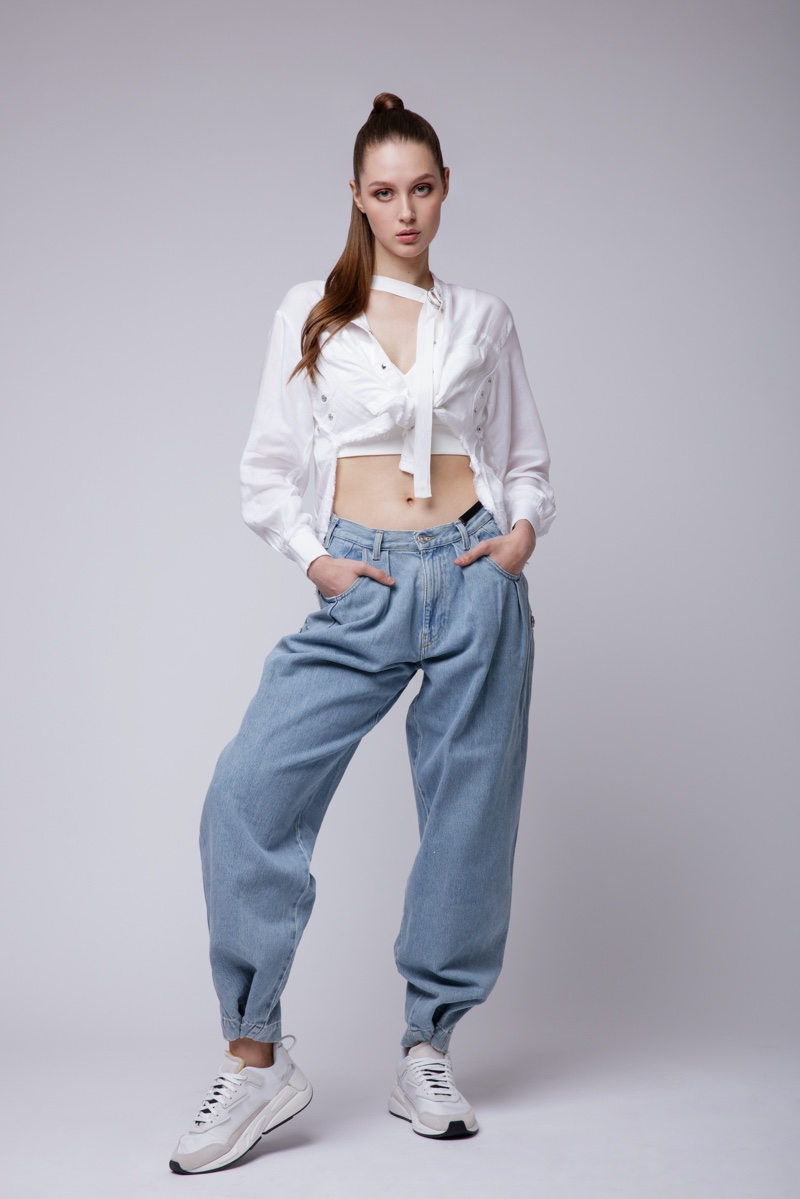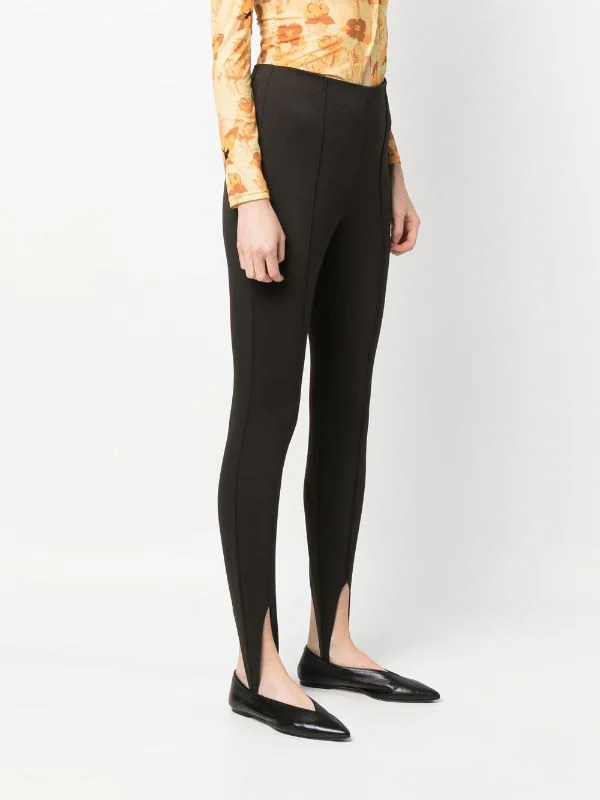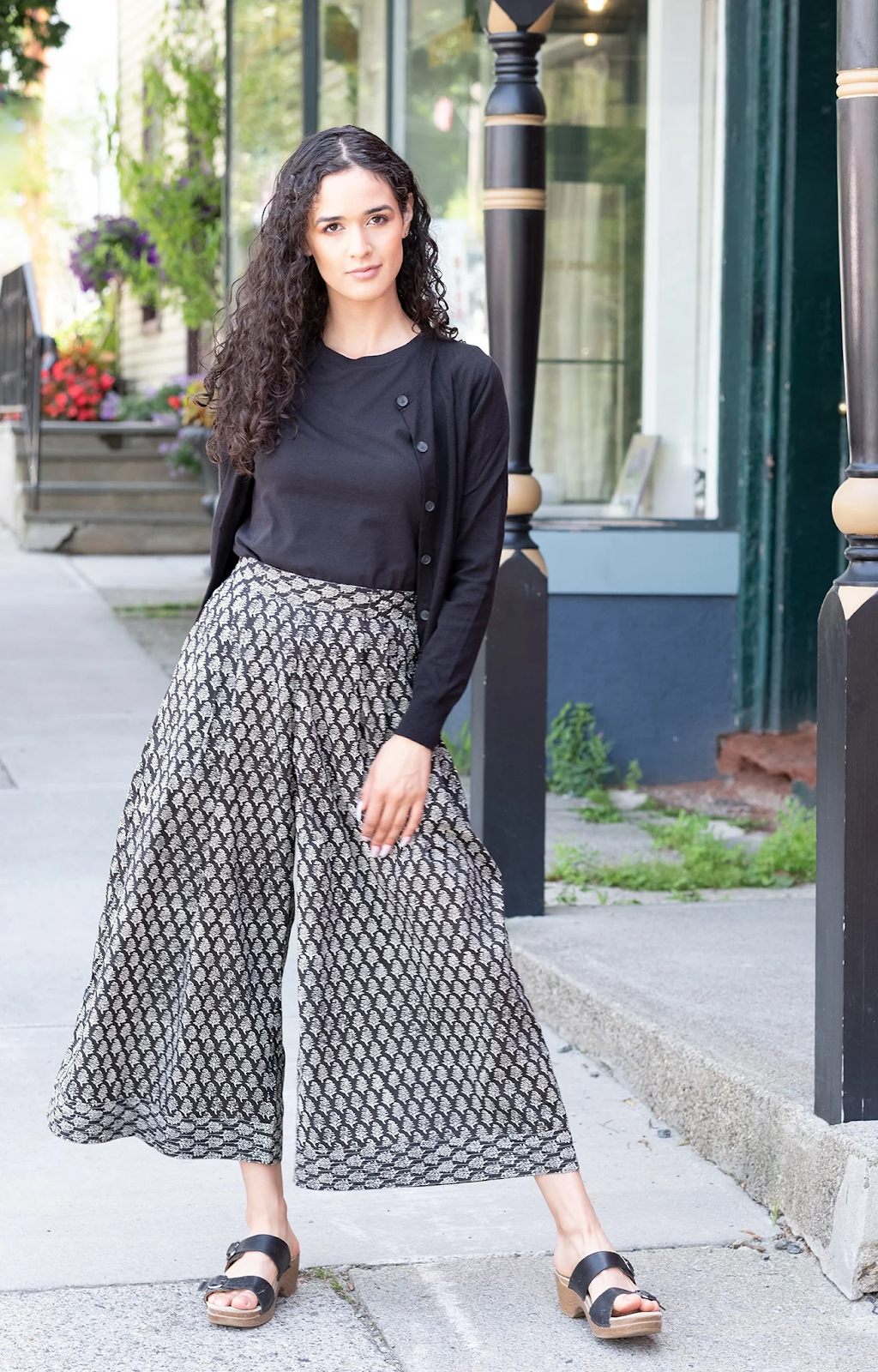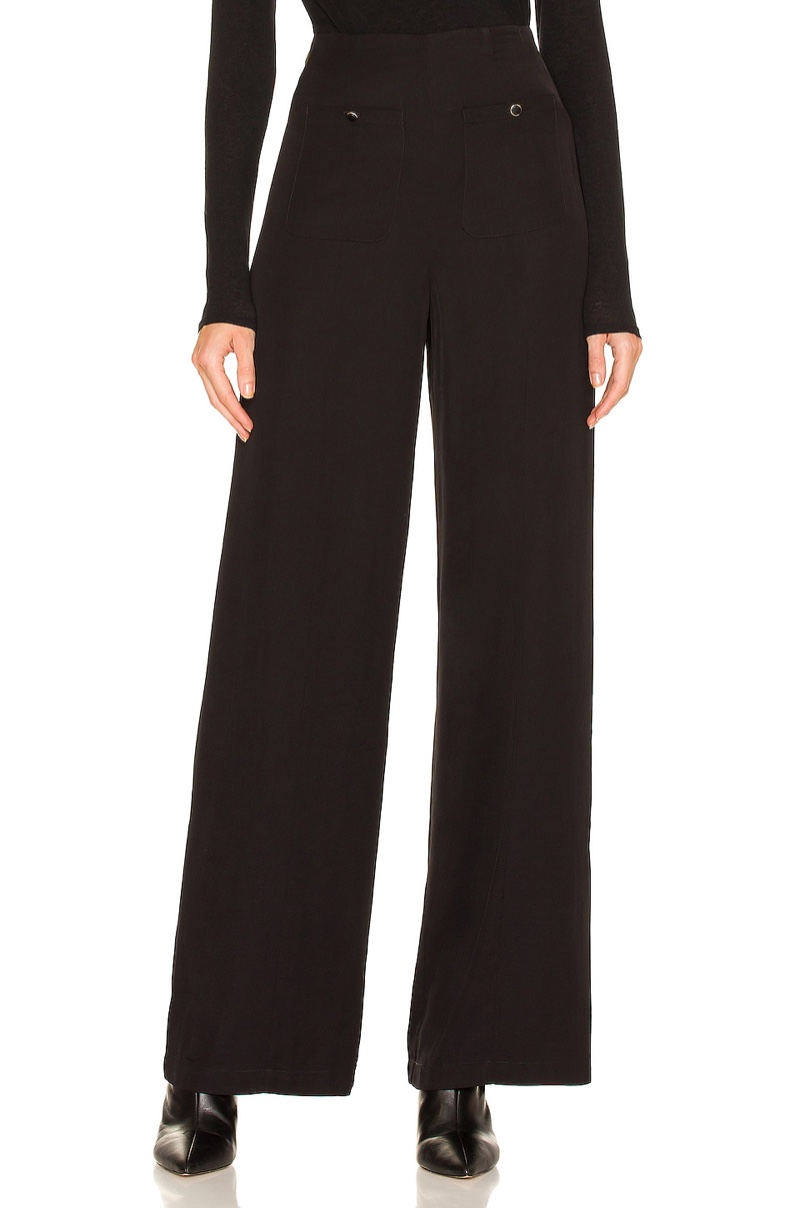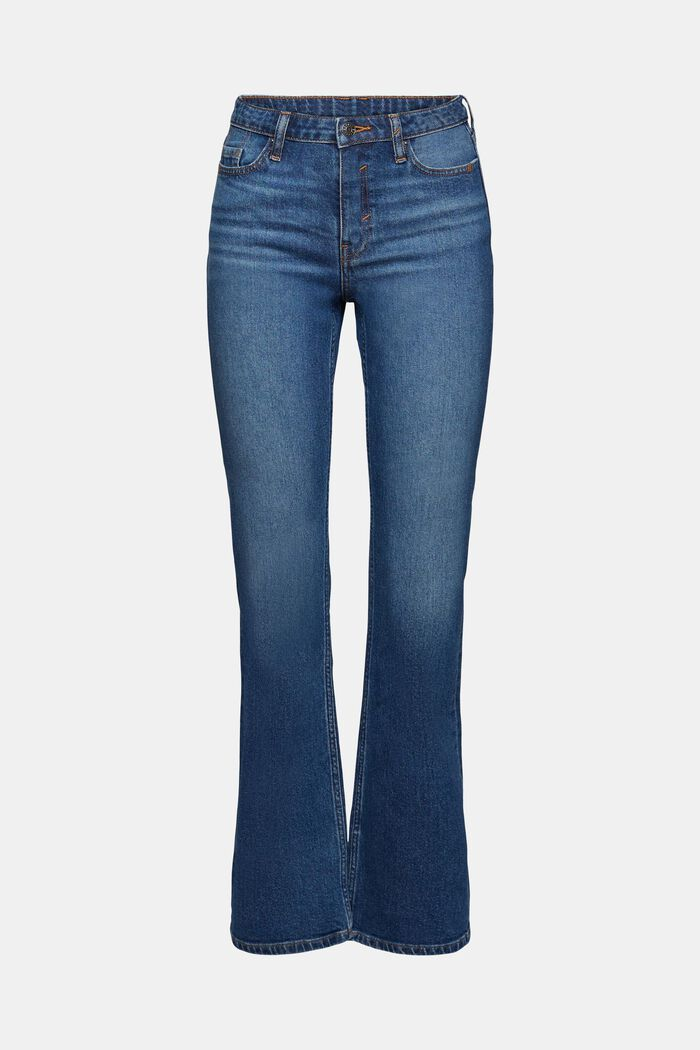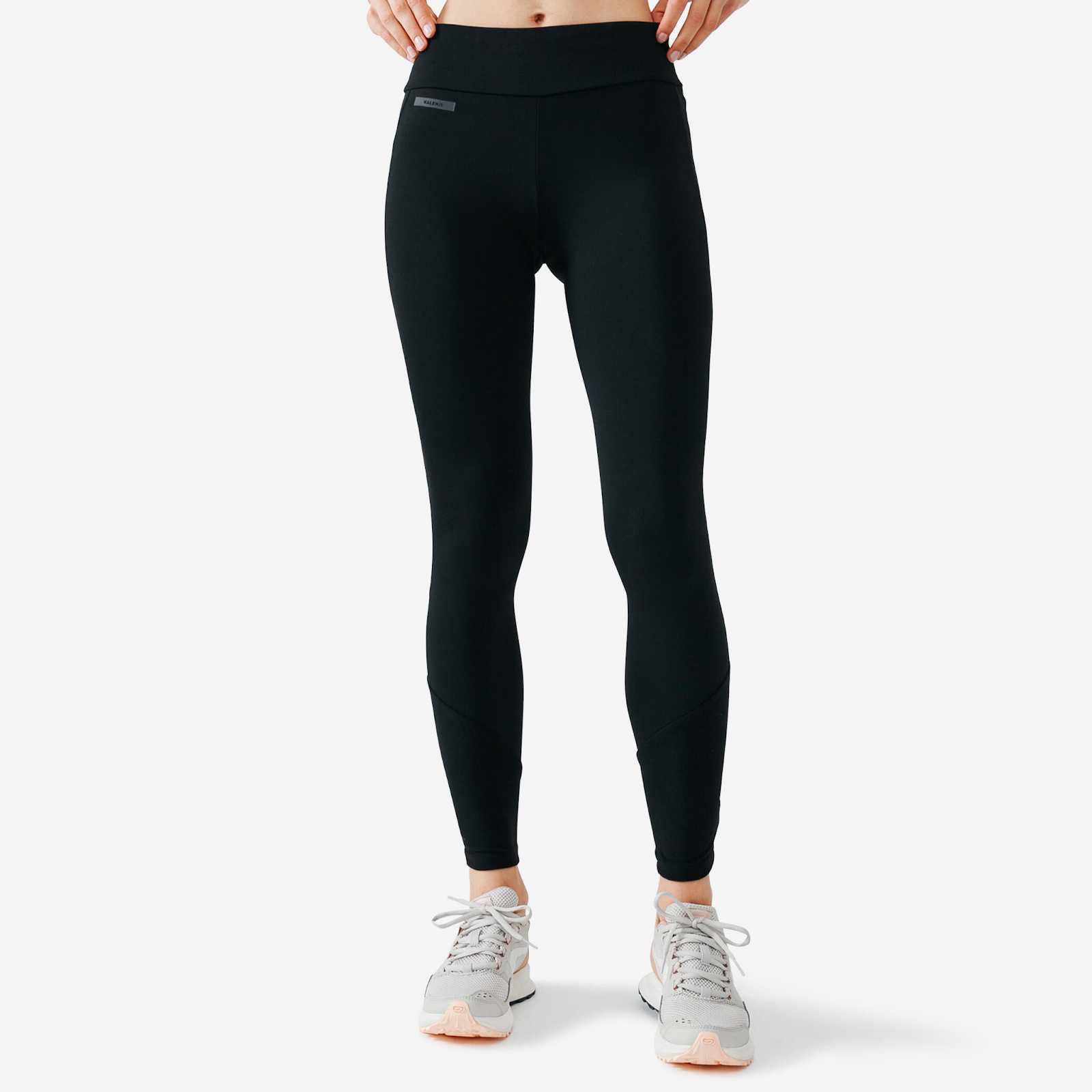Are you tired of seeing your old jeans gather dust in your closet? Why not give them a new lease on life by turning them into shorts? Not only is it an easy and cost-effective way to update your wardrobe, but it also allows you to customize your denim to your exact specifications. In this article, we will provide step-by-step instructions on how to cut jeans into shorts, as well as some helpful tips and tricks.
Select Your Jeans
Choose a pair of jeans that you’d like to convert into shorts. Make sure they fit well around the hips and thighs since shorts tend to be shorter, and the fit is important. Consider the style you want—skinny, straight-leg, or boyfriend jeans—as this will influence the final look of your shorts. Make sure the jeans are in good condition with minimal signs of wear and tear. Stretchy denim can be more forgiving for movement but may fray more easily, while rigid denim offers a classic look but may be less comfortable. Lastly, factor in the jeans’ wash and color, opting for one that complements your style and wardrobe.
Pre-Shrink Your Jeans
Pre-shrinking your jeans before cutting them into shorts is a crucial step to ensure that your DIY shorts maintain their desired size and fit. To do this, simply wash your jeans in warm water and then tumble dry them on a high heat setting. This process will help eliminate any residual shrinkage that may occur after the initial purchase and will prevent your shorts from becoming too tight or misshapen once they’re cut. After pre-shrinking, you can confidently proceed with cutting and customizing your jeans into the perfect pair of shorts, knowing that they’ll maintain their shape and fit after subsequent washes.
Tools You’ll Need
Before you get started, you’ll need a few basic tools:
- A pair of scissors
- Measuring tape or ruler
- Chalk or a washable marker
- Sandpaper (optional)
- Needle and thread (optional)
How to Cut Jeans into Shorts: Step-by-Step Guide
Determine the Length
The first thing you need to do is decide how long you want your shorts to be. Try on your jeans and use measuring tape or a ruler to measure the length from the waistband to where you want the hemline to sit. Mark the spot with chalk or a washable marker.
Mark the Hemline
Using the same measuring tape or ruler, mark the same distance on the other leg and make sure both marks are at the same height. Then draw a straight line across the legs using your chalk or marker. Alternatively, you can fold the jeans in half lengthwise and align the legs to ensure even cutting.
Decide on the Inseam
The inseam is the length of the inside seam of the shorts. To determine the inseam, measure from the crotch seam of the jeans down to where you want the shorts to end. Mark the spot on both legs with chalk or a washable marker.
Draw the Cutting Line Draw
A diagonal cutting line from the bottom of the crotch seam to the outer edge of the shorts. The angle of the line is up to you – a steeper angle will result in shorter shorts, while a shallower angle will result in longer shorts.
Cut the Shorts Carefully
Using a pair of sharp scissors, carefully cut along the marked line to remove the excess fabric. For a straight and even cut, you can use a ruler or measuring tape as a guide. After cutting, try on the shorts to ensure they are the desired length. You can always trim them shorter if needed.
Optional Fraying
If you want a frayed or distressed look, you can use your fingers or a pair of tweezers to pull out threads along the edges of the shorts. This will create a frayed, worn-in appearance.
Optional Cuffing
If you prefer cuffed shorts, fold the edges of the shorts up to your desired cuff length. You can secure the cuffs with safety pins or stitch them in place using a sewing machine or needle and thread.
Hemming (Optional)
If you’d like a neater finish, you can hem the shorts. To do this, fold the edges under about 1/4 inch (0.6 cm) and then fold them again to hide the raw edge. Use a sewing machine or hand-sew along the folded edge to secure the hem in place.
Final Adjustments
Once you’re satisfied with the length and style, give your newly created shorts a final check. Trim any loose threads and make sure the cuffs, if any, are secure.
Wash and Wear!
Give your new shorts a wash to soften them up and remove any remaining chalk or marker lines. Then wear them proudly!
Tips and Tricks
- If you’re not confident in your cutting skills, practice on an old pair of jeans first.
- Always double-check your measurements before cutting.
- Consider adding some embellishments like studs or patches to add some personality to your shorts.
- Don’t throw away the excess denim – save it for future DIY projects like patches or embellishments.
- To help prevent your shorts from fraying, you can use a fray check liquid or sew a zigzag stitch over the edges.
FAQs
- Can I cut any style of jeans into shorts? Yes, you can cut any style of jeans into shorts, including skinny, straight leg, and boyfriend styles.
- How do I make sure both legs are cut evenly? Use measuring tape or a ruler to measure the length from the waistband to where you want the hemline to sit on both legs. Mark the spot with chalk or a washable marker, then draw a straight line across both legs.
- What’s the best way to distress the edges of the shorts? Sandpaper is the easiest way to distress the edges of the shorts. Simply rub the sandpaper along the edges until you reach your desired level of distressing.
- What if I accidentally cut my shorts too short? Don’t panic! You can always sew a strip of fabric or lace along the bottom edge to add some length.
- Can I cut denim shorts into a different style? Yes, you can use this same technique to transform denim shorts into other styles, like high-waisted or frayed hem shorts.
Final Takeaway
Cutting jeans into shorts is an easy and fun DIY project that anyone can do. With just a few simple tools and some basic measurements, you can breathe new life into your old denim and create a personalized pair of shorts that are perfect for the warmer months. So go ahead and raid your closet – those old jeans are just waiting to be transformed into stylish new shorts!

